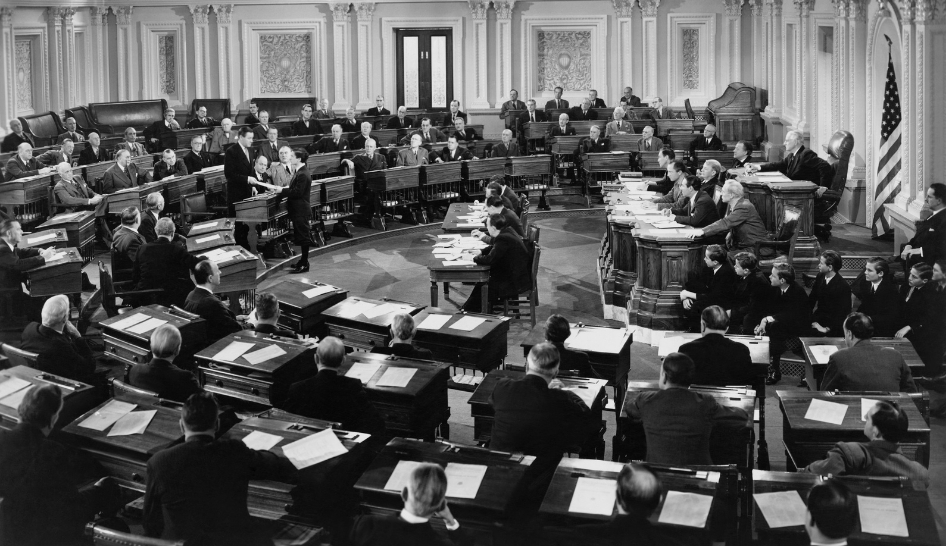September 20, 2023 Update: Congress resisted legislation that included any additional COVID-related spending and failed to pass direct targeted relief to the health and fitness industry. The health and fitness industry continues to strongly advocate for Congress to #PassPHIT. To participate in active campaigns, visit the IHRSA action center. For more recent updates and resources, check out our PHIT page.
Businesses—including gyms—have reopened in all 50 states, and a few local governments have rolled back mandates enough to allow for mask-free spaces. So, that's that, crisis over, we can finally return to normal, right?
Unfortunately, no, not yet. But, I promise this article won't be all doom and gloom because within the devastation lies the seeds to rebuild a stronger, healthier, and more diverse industry.
If gyms have reopened, what's the problem?
The government-mandated closures during the pandemic took an enormous toll on gyms across the U.S. Fitness facilities nationwide were among the first businesses ordered to close and the last allowed to reopen.
When they finally could reopen, gyms had to operate under some of the most restrictive guidelines, resulting in economic devastation for the facilities and their workers.
One out of every five fitness facilities has closed permanently as of December 31, 2020, and tens of thousands more are at risk. The fitness industry as a whole lost 58 percent of annual revenue—amounting to $20.4 billion in 2020 alone–and 1.4 million fitness industry employees lost their jobs.
The fitness industry will feel the effects of COVID-19 for a long time. On top of the losses already suffered, the work health clubs will need to do to bring members back is like opening a new facility all over again.
There's Hope for the Fitness Industry: Relief and Recovery
One positive effect of the pandemic is that it brought our industry together in a way it has never been before. With our newfound united voice, we can set the industry back on its feet and running toward the growth we all enjoyed in 2019 and before.
There is a serious need for relief and recovery from the effects of COVID. For the fitness industry, relief and recovery starts with you and two bipartisan bills currently in Congress. I'm talking about the GYMS Act (HR 890/S. 1613) and PHIT Act (HR 3109/ S. 844).

